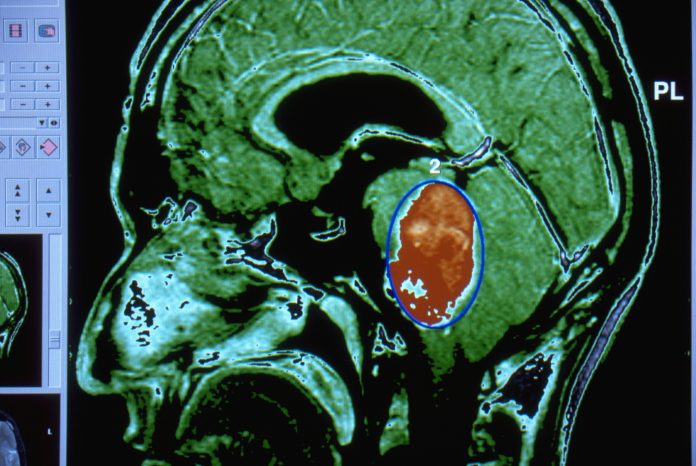
A new, more effective, treatment may have been found for neuroblastoma, which is one of the most common cancers of childhood. Using single-cell sequencing, researchers at the Princess Máxima created a detailed atlas of neuroblastoma tumors at both the individual tumor and immune cell level. Using this atlas, the team discovered there was a brake on T-cell activity in these tumors, which is a process that can be blocked with PD-L1 inhibitors.
While it is common for certain adult cancers, PD-L1 treatment has not been successful in children yet. But this team’s results, in the lab, of combining the current standard immunotherapy for neuroblastoma with an anti-PD-L1 treatment are promising and the researchers say preparations for a clinical study are underway.
“Thanks to the single cell approach in our study, another target, TIGIT, emerged in addition to PD-L1,” said Max van Noesel, pediatric oncologist and clinical director of solid tumors at the Princess Máxima. “The preparations for a clinical study into the effect of a combination of TIGIT and PD-L1 blockers are at an advanced stage. I look forward to seeing if this approach, based on basic biological research, will indeed make a difference for children with high-risk or relapsed neuroblastoma.”
Their research appears in Cancer Cell. The senior author is Jan J. Molenaar.
Neuroblastoma is the most common extracranial pediatric solid tumor, accounting for 8% of all childhood cancers. More than 650 cases are diagnosed each year in North America alone, where the incidence is 10.5 cases/million/year in children younger than 15 years. 90% of patients are younger than 5 years at diagnosis. About a third of these children relapse after treatment.
Anti-GD2 immunotherapy has increased the chance of survival in children with neuroblastoma by 15% in recent years. GD2 is a surface glycolipid. But this approach still does not work in many cases.
To better understand why anti-GD2 immunotherapy fails, these researchers analyzed 24 tumors from 19 children who had been treated at the Princess Máxima Center.
More than 22,000 individual cancer and immune cells were analyzed. The scientists found that in the neuroblastoma tumors, T-cells were not as active as they should be. Further, dysfunctional T-cells often had a protein on their surface called TIGIT, which hampers the ability of T-cells to attack tumors. Checkpoint inhibitors are known to re-activate this aspect of the immune system.
In organoids, and in mice, the researchers saw that a combination of checkpoint inhibitors against TIGIT and PD-L1 successfully killed neuroblastoma cells. The researchers were also able to simulate recurrent neuroblastoma in mice —an aggressive form of the disease that is treated with chemotherapy and anti-GD2 immunotherapy. This experiment, too, showed that the new immunotherapy combination led to longer survival.
The drugs that block TIGIT and PD-L1 and activate the immune system, tiragolumab (anti-TIGIT) and atezolizumab (anti-PD-L1), are already being used in studies for cancer in adults, including lung cancer and liver cancer. The Princess Máxima researchers are now working with Roche to set up a clinical study for children with neuroblastoma in Europe and the U.S.
Judith Wienke, a senior researcher, who co-led the study, said, “This gives us unique insight into how the various immune cells function differently in the tumor. Our immune atlas of neuroblastoma offers important new starting points to improve immunotherapy for this type of childhood cancer.”
Jan Molenaar, the research group leader, noted, “I have never experienced that translation happening so quickly before. I look forward to starting the clinical trial to ultimately see whether children with neuroblastoma will benefit from this new combination of immunotherapies.”













